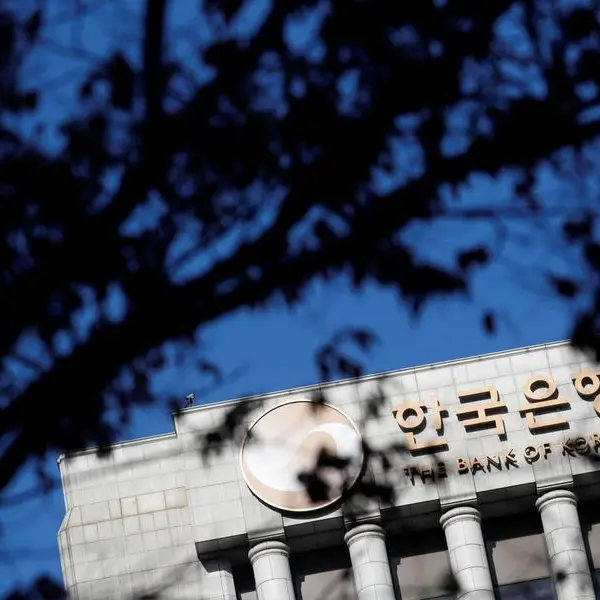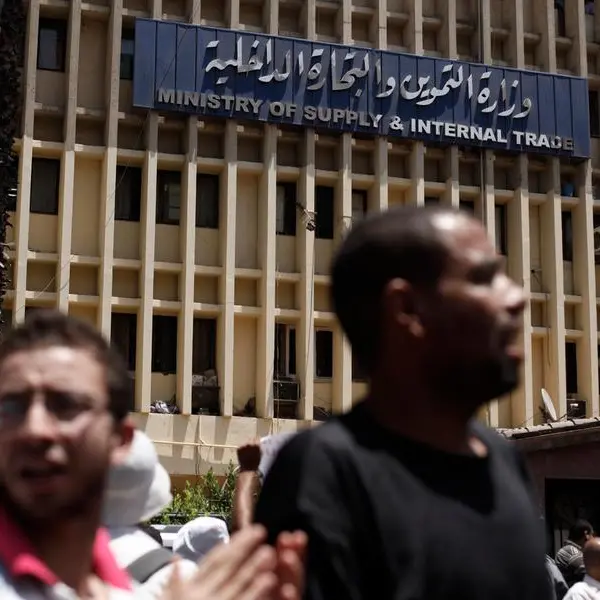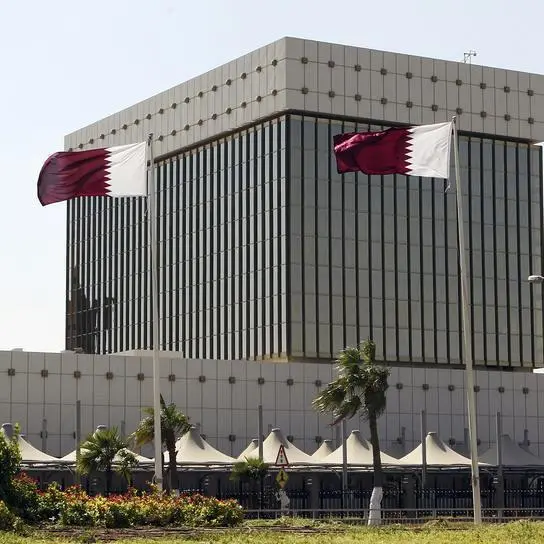Thursday, May 19, 2016
Dubai: Government borrowing is one of the main options for Saudi Arabia and other GCC governments to manage their budget gaps as most of these countries have relatively low debt to gross domestic product (GDP) ratios. But rating downgrades make it more expensive to borrow money at competitive rates.
Global rating agencies have either downgraded or assigned a negative outlook for most GCC countries.
Standard & Poor’s credit rating for Saudi Arabia now stands at A- with stable outlook. Fitch’s credit rating for Saudi Arabia was last reported at AA- with negative outlook. Moody’s has last week downgraded Saudi Arabia’s long-term issuer ratings to A1 from Aa3 and assigned a stable outlook.
“The downgrade of Saudi Arabia’s rating reflects Moody’s view that lower oil prices have led to a material deterioration in Saudi Arabia’s credit profile. A combination of lower growth, higher debt levels and smaller domestic and external buffers leave the Kingdom less well positioned to weather future shocks,” Moody’s said in a statement following the latest round of downgrade.
In general, a credit rating is used by global investors such as sovereign wealth funds, pension funds and other investors to gauge the credit worthiness of bond issuers. Though the ratings have been brought down by a notch, the stable outlook indicates that, at this lower rating level, risks are broadly balanced.
“In the absence of further fiscal and economic reform, the pressures on the government’s balance sheet would continue to rise. However, the government has ambitious and comprehensive plans to diversify both the economy and its balance sheet which, if even partly successful, should stabilise its credit profile and which could, if achieved, offer a route back to a higher rating level over time,” Moody’s said.
Saudi Arabia’s credit profile remains very strong in comparison with the majority of Moody’s-rated sovereigns. However, the drop in oil prices from their mid-2014 peaks has materially undermined the Kingdom’s credit profile, negatively affecting the economy, the government’s finances as well as external reserves.
The Kingdom recently announced details of the long-awaited Vision 2030 plan that aims to diversify the economy away from oil and significantly grow its private sector. The full National Transformation Plan (NTP) is set to be published in late May to early June, but the details provided thus far outline an ambitious plan that aims to significantly reduce the Kingdom’s oil dependency in just four years.
Economists say moves to diversify the economy are vital, but the immediate impact of the structural reform plans will likely be relatively muted. Many reforms to meet key objectives will take time to be formulated and executed. However, any signs of progress with the reform agenda would boost sentiment and the reformist credentials of the government.
“Structural changes will take multiple years to be felt. This encompasses potentially changing the structure, capabilities and mindset of the government bodies and institutions. Regulatory changes will also be required in conjunction with the other reforms,” said Monica Malek, Chief Economist, Abu Dhabi Commercial Bank.
While the government has ambitious and comprehensive plans to address the shock by diversifying its economic and fiscal base, those plans are at an early stage of development and their impact remains uncertain according to analysts.
“We are hard pressed to find fault with any of the targets set out in the plan. The policies outlined are sensible and proactive with many elements being long overdue. However, the plan is extremely ambitious and aims for a large-scale transformation of the economy. In our view, it will be difficult to achieve all aspects of the plan fully, particularly given the scale involved,” said Fahd Iqbal who is the Head of Middle East Research at Credit Suisse.
By Babu Das Augustine Banking Editor
Gulf News 2016. All rights reserved.




















